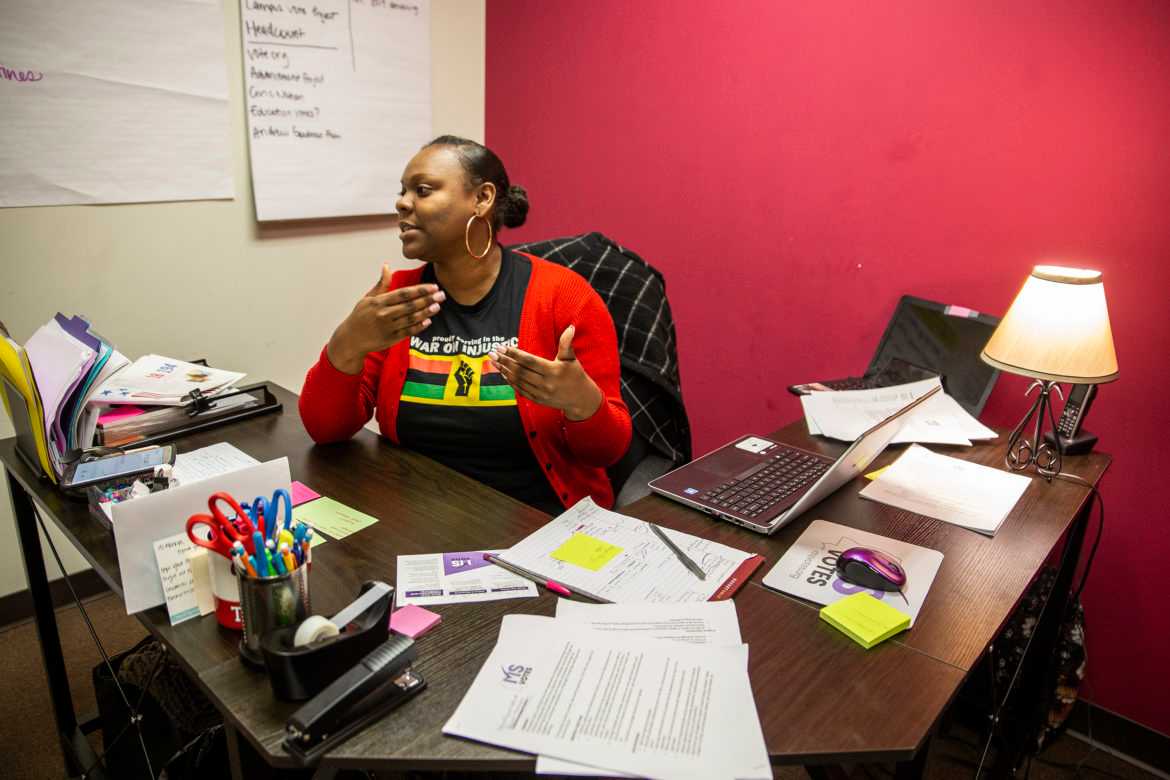
Be a geofence: The story behind the technology that millennial-led Mississippi Votes uses to help more young Mississippians vote
R.L. NaveMississippi Today — June 06, 2019
JACKSON — Arekia Bennett throws herself into a chair in front of a dark red accent wall and rattles off a list of positions she hopes to fill as quickly as possible at Mississippi Votes, the nonprofit she has led as executive director for almost a year.
Recently, Mississippi Votes, whose offices sit in the shadow of the Mississippi Capitol and state Supreme Court buildings, has hired a communications staffer. Now, Bennett is looking to hire a deputy director, a field director and a youth civic engagement coordinator to help expand the organization’s mission, which she describes as creating a culture of civic engagement that is transformative to a particular electorate. More specifically, they focus on people ages 18 to 35 as well as young queer people and people who have experienced the juvenile justice system.
With significant back-to-back elections taking place in the state, Mississippi Votes has had little choice but to mature from a nascent organization with Bennett as the only full time employee leading a coterie of interns, fellows, volunteers and consultants into adolescence.
Key to that growth would be one of the most ubiquitous forces in the lives of teenagers and young adults — their smartphones. But, the main question in Bennett’s mind was: “If we are an organization who is true to utilizing youth leadership and our central focus is trying to get this particular electorate to participate, the treatment becomes: How do we narrow what they consume?”
It was a question of particular urgency. An analysis of voting information in the 2012 presidential election, which led to Barack Obama’s second term as president, shows that Mississippi turnout was about 60 percent, a decrease from 2008.
Turnout is significantly lower for college-aged and young-adult voters. A U.S. Census analysis of national turnout in the 2016 election determined that turnout was lowest among 18- to 29-year-olds, at 46 percent. Still, that age group was the only one surveyed that reported an increase in turnout over the 2012 election, about 1 percent. In Mississippi, as in other states, turnout was significantly lower in subsequent federal elections, particularly in midterm years.
However, the 2018 midterm elections present Mississippi, the state with the highest percentage of African Americans, with an unprecedented scenario: for the first time in modern Mississippi history, a U.S. Senate race would be competitive. Plus, as one of just a handful of states that elects governors and other statewide officials in non-federal election years, 2018 and 2019 would likely be two of the most important campaigns in a generation.
Founded in 2017 with budget of about $50,000, Mississippi Votes brought together a small focus group of about 10 students from Jackson State University, Mississippi State University and the University of Mississippi to come up with a way to get their peers invested in the elections through their mobile devices.
